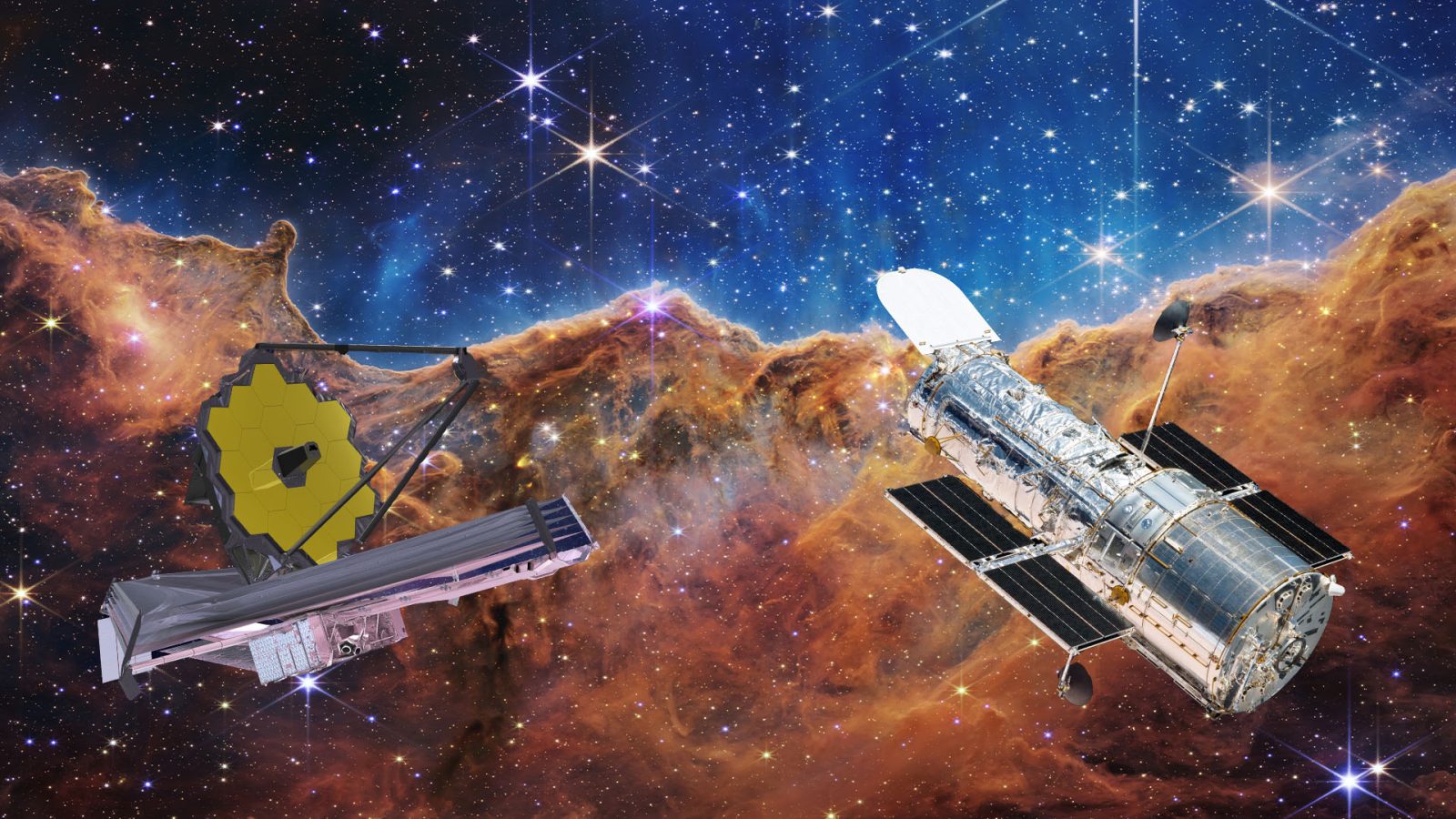
Many of the first images released by NASA’s new James Webb Space Telescope have been retakes of locations Hubble previously captured. This comparison of Hubble versus JWST photos shows just how far we have come.
What are the differences between Hubble and JWST?
James Webb Space Telescope is the successor to Hubble on paper. However, Webb is not a replacement for the older Hubble. The main difference between images captured by each telescope is the wavelength range observed. Hubble can see in the ultraviolet, visible, and near-infrared range. JWST focuses on the near- and mid-infrared wavelengths. Both create epic shots.
This means Hubble can capture light the same way see it. JWST cannot do this but can see light that has come from further distances. Because of this, JWST can see light from older galaxies and stars closer to the universe’s beginning. The downside is that the color you see from JWST images is not exactly accurate. Meanwhile, Hubble images are accurate in many cases.
Below are each of Webb’s “first images” released between July 11 and July 12, 2022, compared to a similar image from Hubble. For each section, Hubble’s photos are on the left (before), and JWST’s are on the right (after).
SMACS 0723 deep field
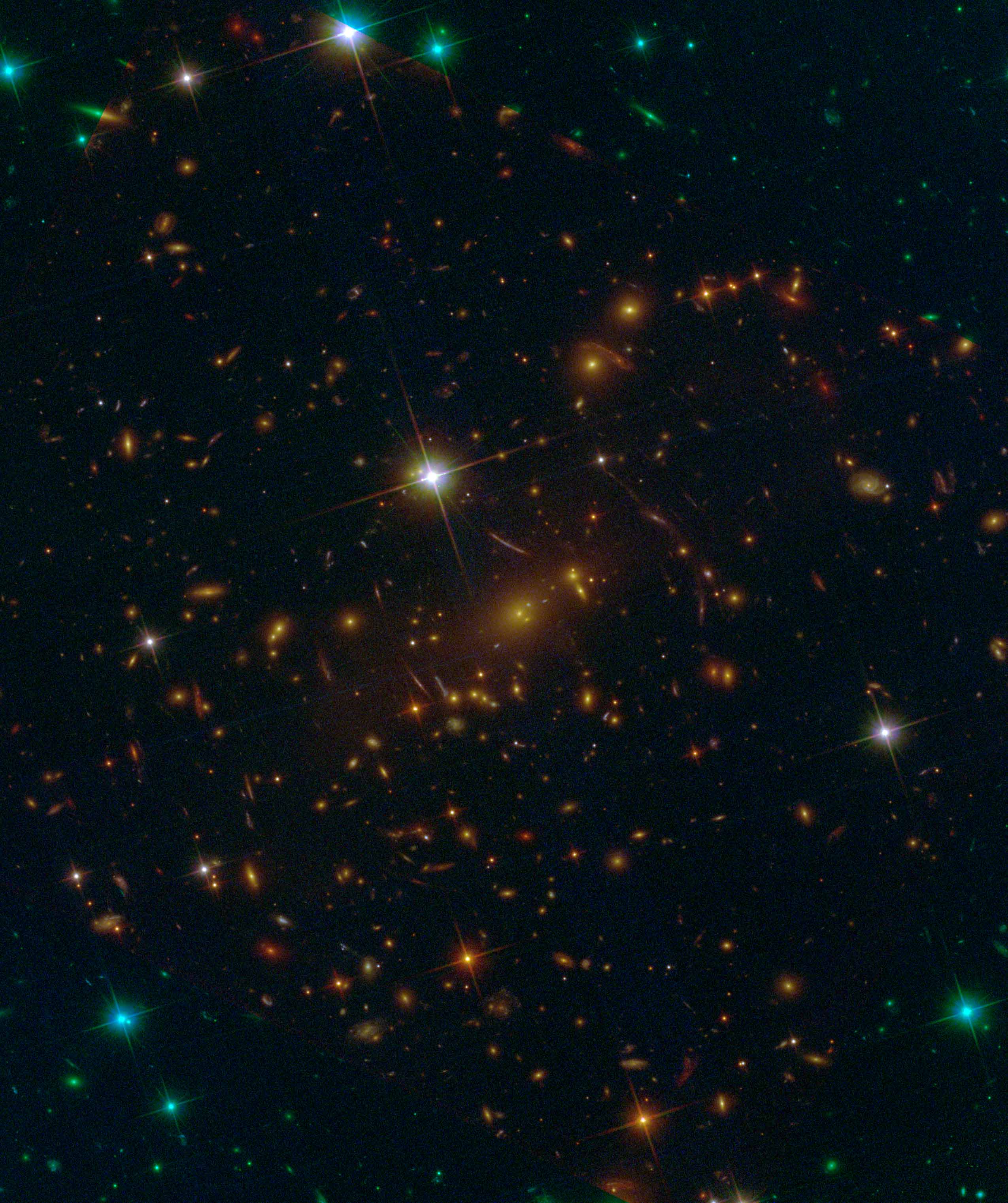
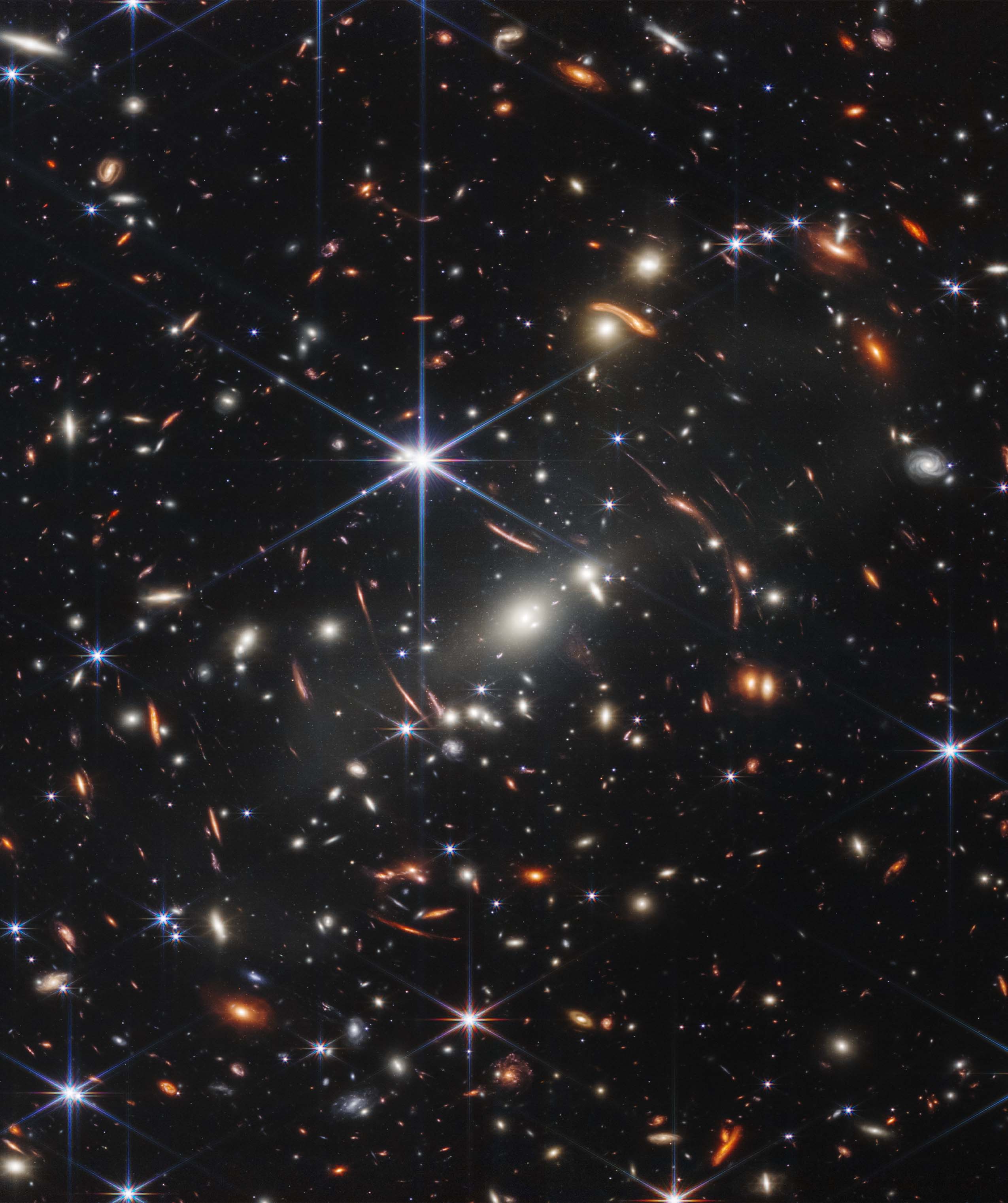
This photo is where we truly see the difference between Hubble and Webb. Hubble’s image of SMACS 0723 is comparatively not great because of the amount of detail in JWST’s deep fields. Hubble also took over a week to capture its famous deep field images, but as NASA put it, Webb can take its deep fields before breakfast.
‘Cosmic Cliffs,’ Carina Nebula

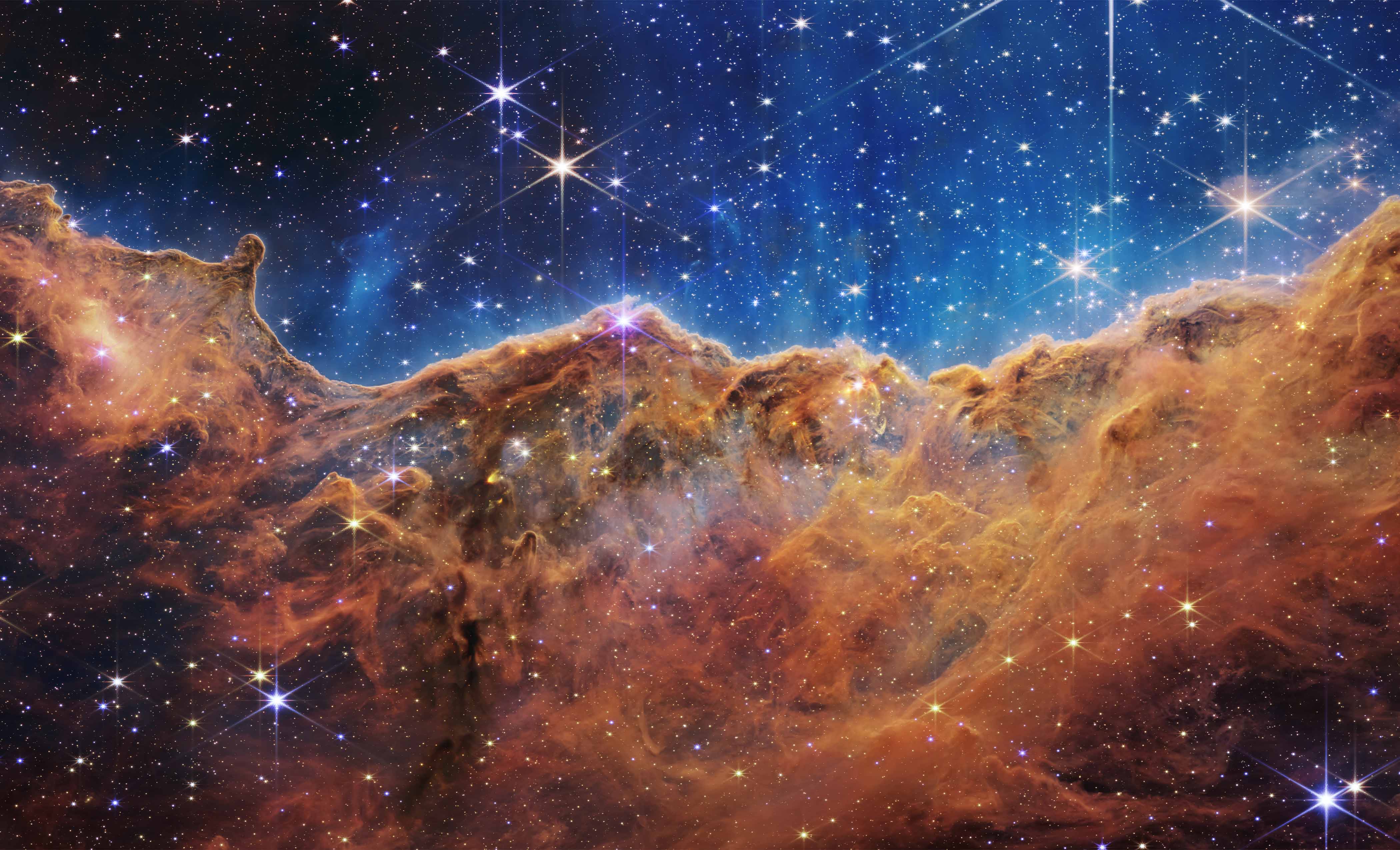
The Carina Nebula is a “dark nebula,” or a dense collection of gas that can block visible light from passing through it. “Cosmic Cliffs” is not a part of the nebula, but is located northwest of it. This collection of gas, officially named NGC 3324, is a prominent maker of stars. JWST’s photo shows this star activity better because it can see more into the gas compared to Hubble’s instruments.
Stephan’s Quintet – Five galaxies in one shot
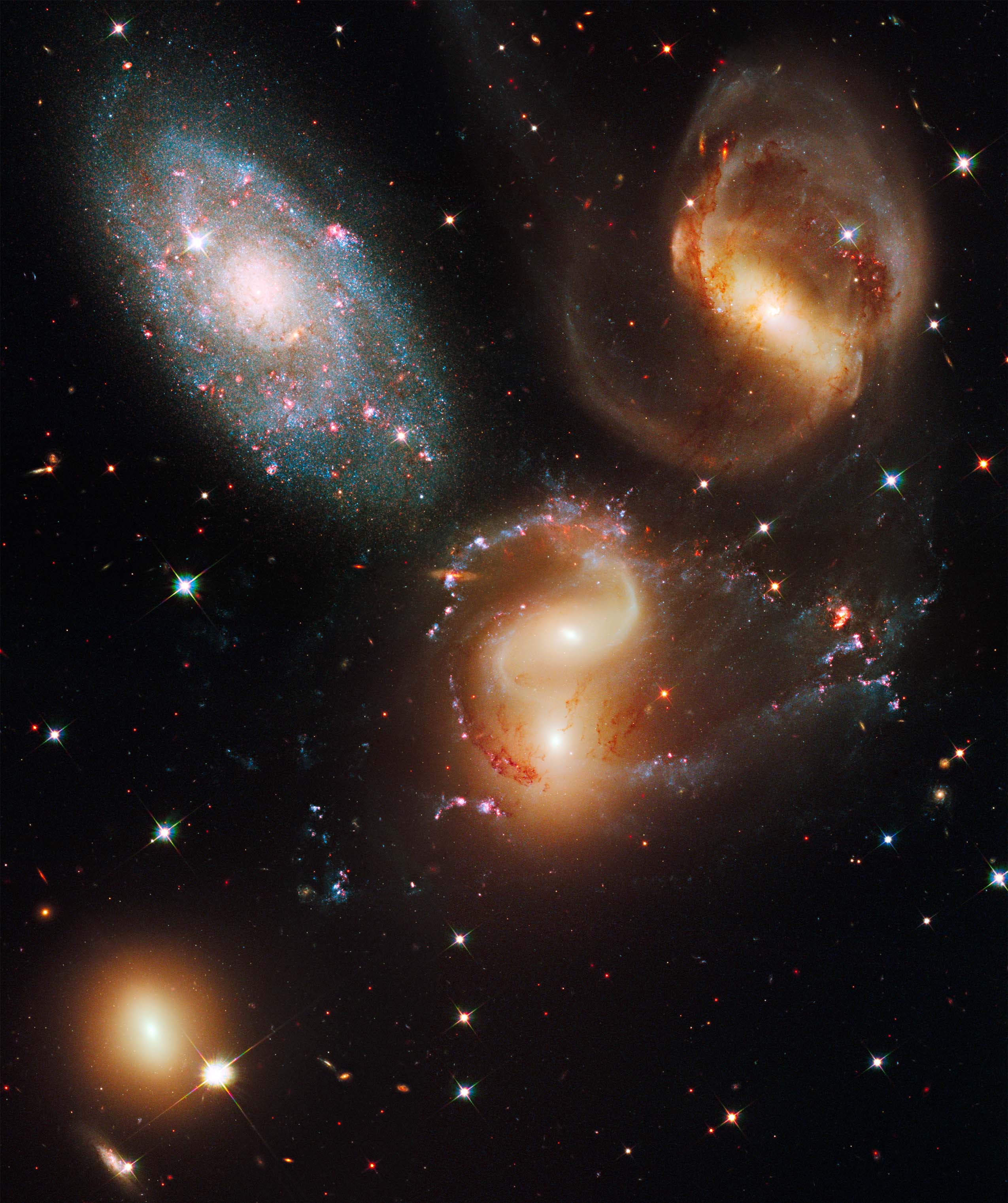
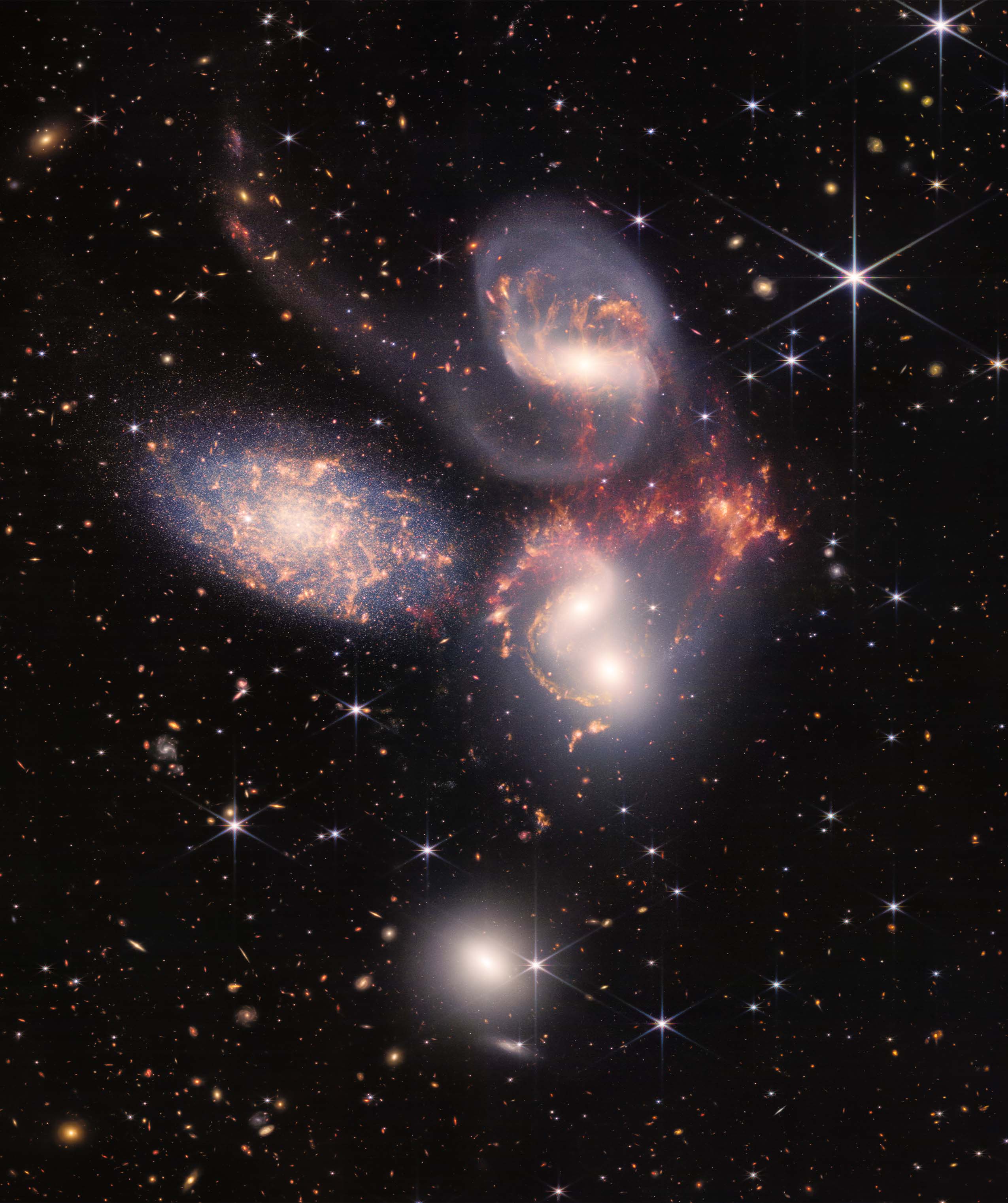
Stephan’s Quintet is a visual group of five galaxies. However, only four are actually close to each other. The left spiral galaxies (named NGC 7320) is in the foreground, seeming like it’s right on top of the other four. In reality, it’s about 100 million lightyears closer to Earth. The other four are slowly merging. Two have already started that process. A third is showing some effects of merging, and the fourth is just nearby.
Stephan’s Quintet was the first compact grouping of galaxies ever observed back in 1877. Since then it has been heavily studied including JWST showing just how many stars are in the middle of creation in one of the galaxies.
Southern Ring Nebula
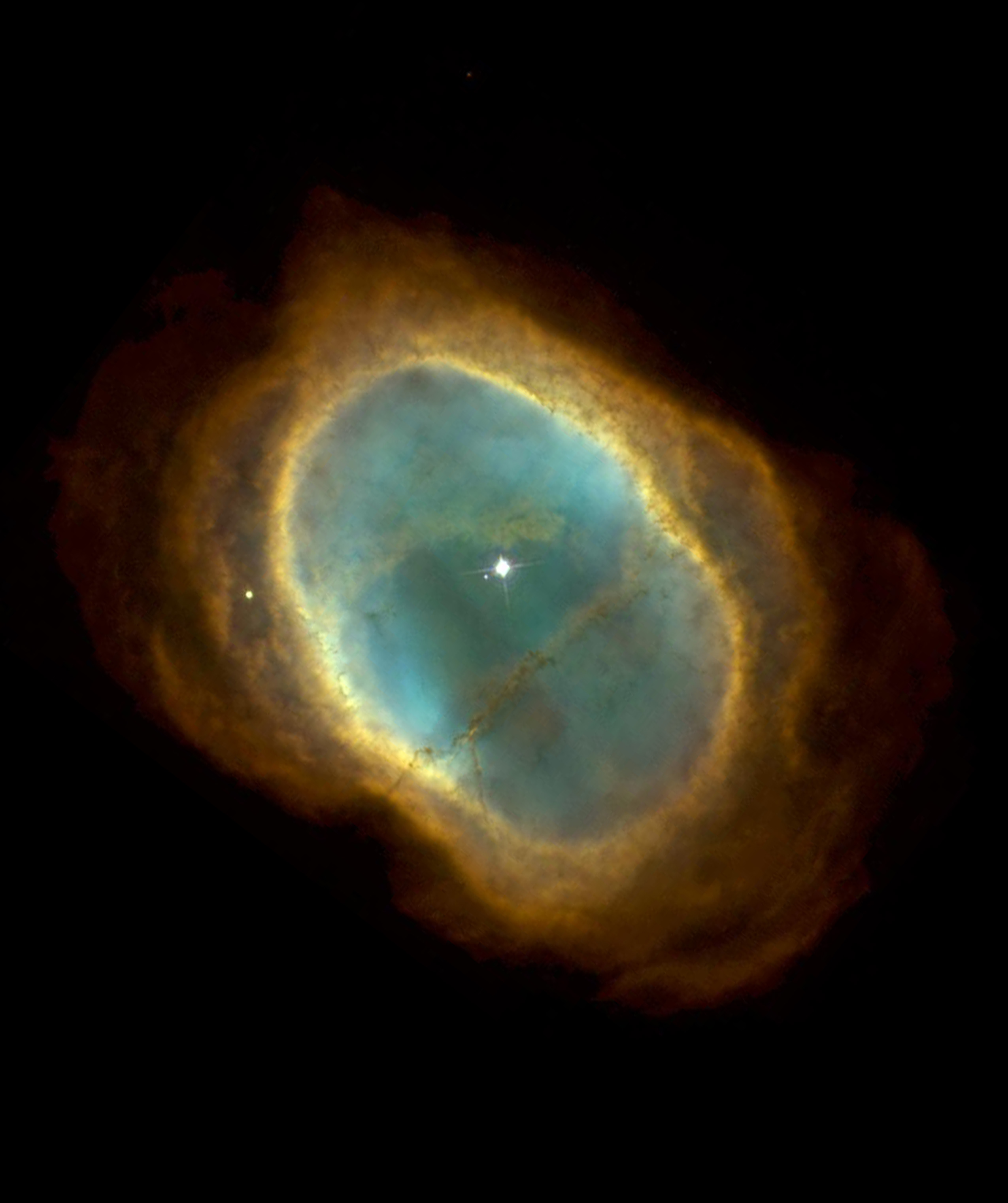
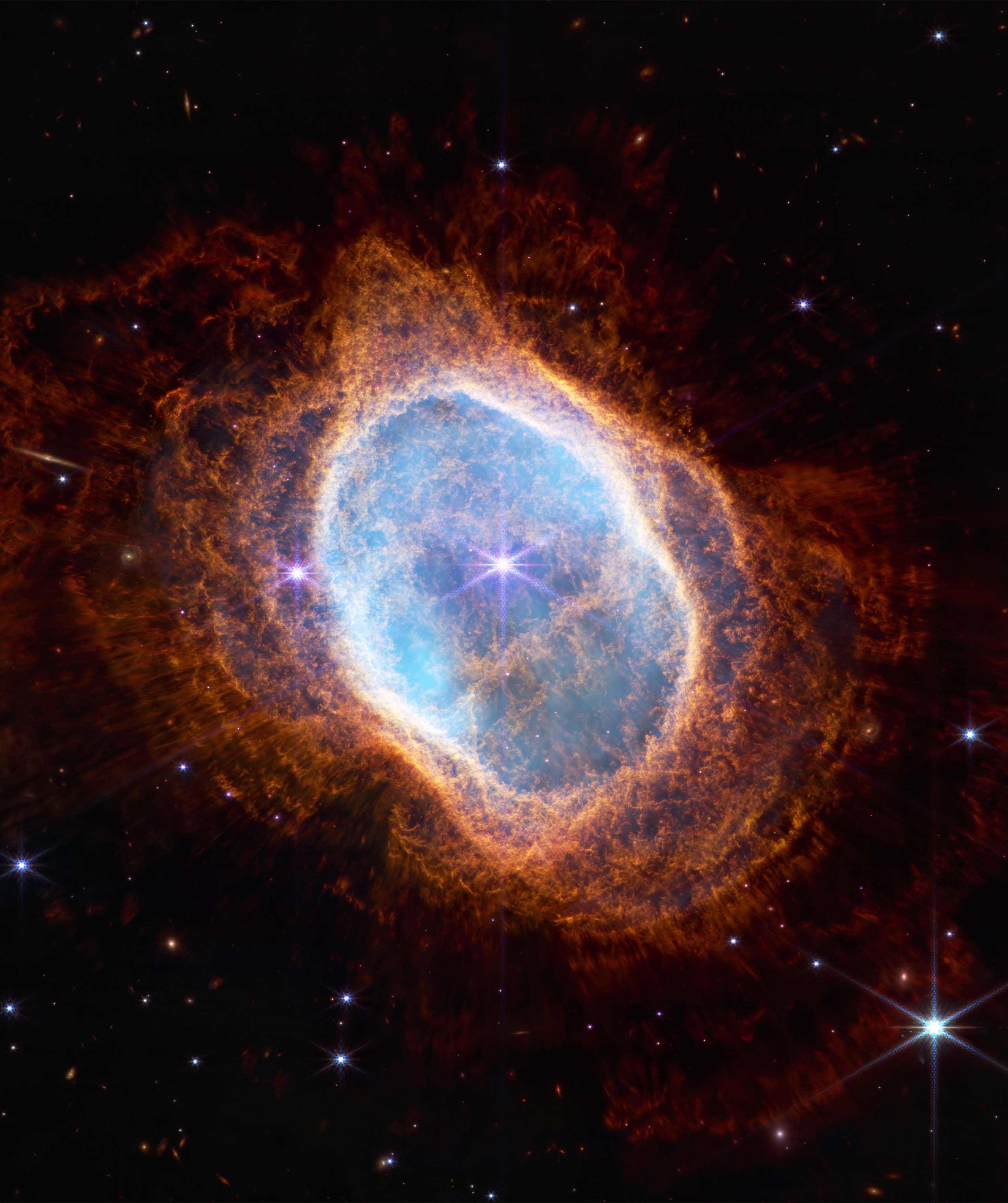
This is another excellent example of just how much more detailed photos we can get using JWST’s 6.5-meter mirror versus Hubble’s 2.4-meters. It doesn’t just show more details in the near-infrared but also the mid-infrared. This confirms that there is not one but two stars at the center of this nebula.
More photos are planned to be released from Webb as NASA and the Space Telescope Science Institute open up the new observatory to researchers. We already have seen some more test images of Jupiter showing off one of its moons and the planet’s well-hidden ring.
FTC: We use income earning auto affiliate links. More.


Comments